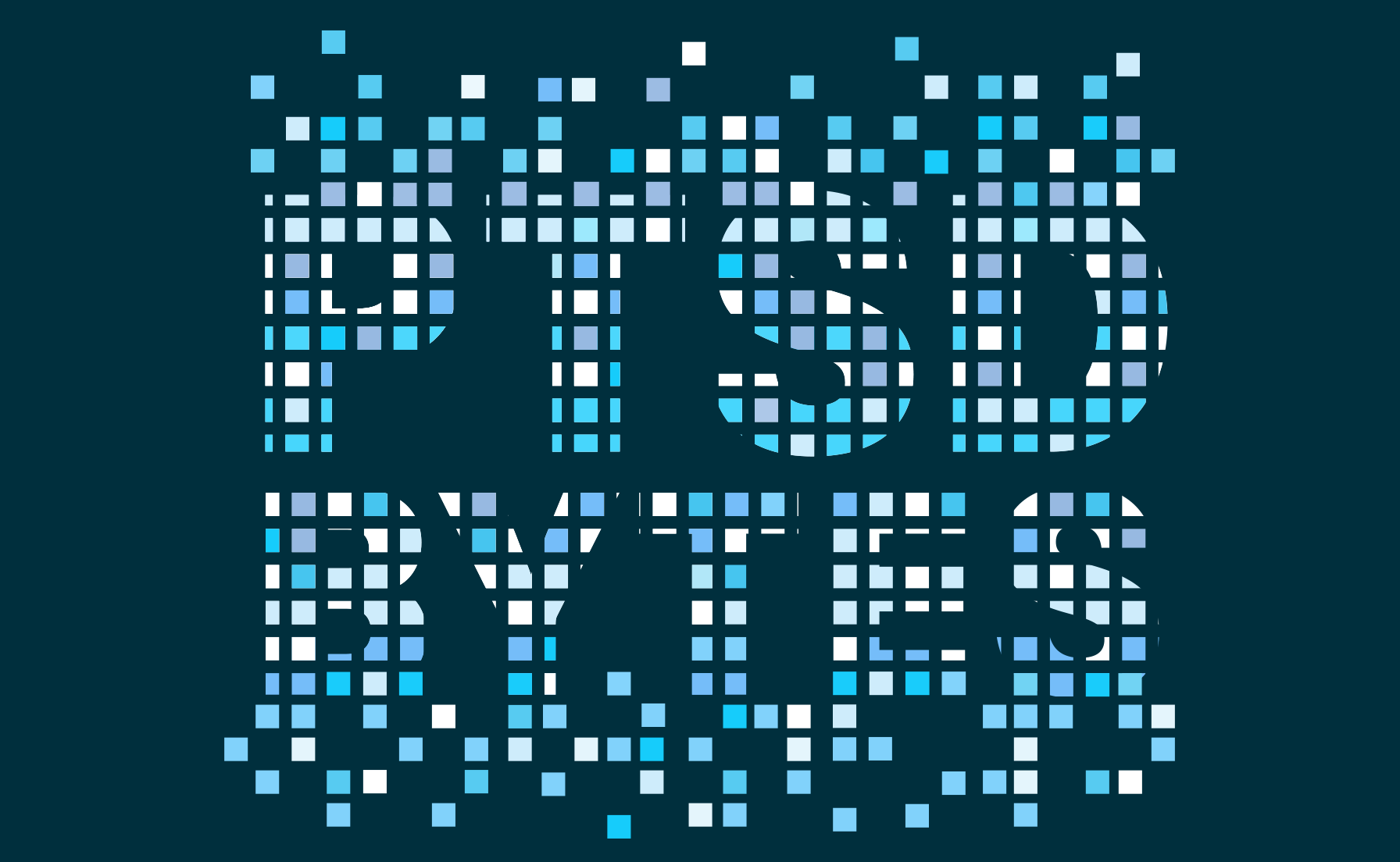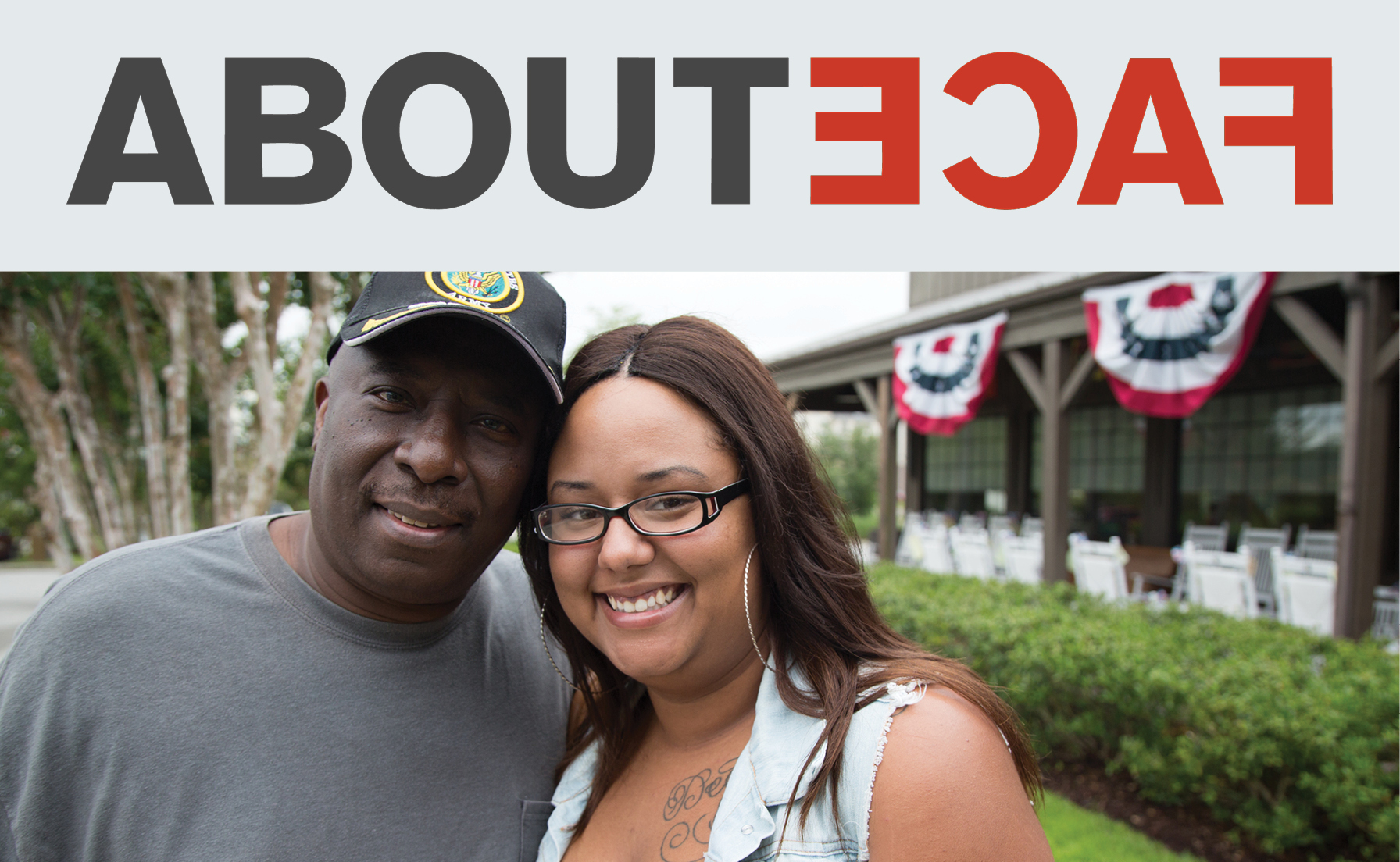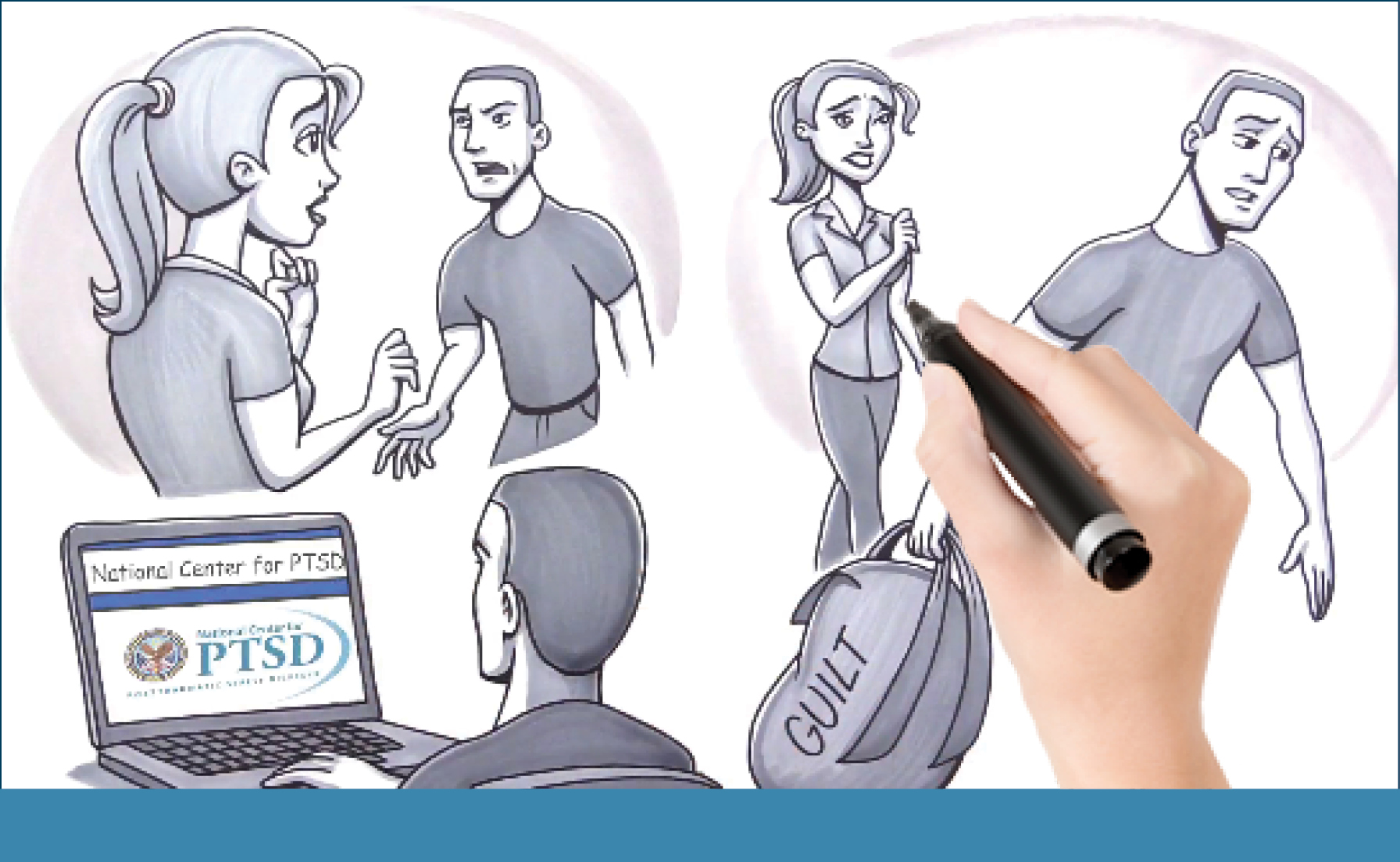PTSD: National Center for PTSD
Community Violence: The Effects on Children and Teens
Community Violence: The Effects on Children and Teens
When violence occurs in a school or community, children may have a hard time feeling safe. Families who want to protect their children may feel helpless or overwhelmed. Learn how you can support children and teens after community violence events.
Reading time: minutes
What is community violence?
Community violence includes many events. It might be a stranger using physical threat or direct violence to take something or hurt someone. It can also be violence between family members, close partners, or peers. These events may include acts such as being shot, raped, stabbed, or beaten. Many children and teens can be affected by violence in their neighborhoods and schools.
Who is at risk for community violence?
All kinds of youth are at risk for community violence. It can happen in cities, suburbs, and rural communities and across a range of income levels. In the United States, more than 1 of every 3 children from ages 10 to 16 have been victims of direct violence. Direct violence includes attempted kidnapping, physical assault and sexual assault. Even more children have seen violence or know a victim of community violence.
What are the effects of community violence?
If affected by violence, a child may have to cope with physical, medical, or mental health problems, including depression, anxiety, or PTSD. Some people think that young children are not harmed by community violence because they are too young to understand or remember. However, studies have found signs of PTSD in babies and young children.
A child's exposure to community violence affects caregivers as well. Caregivers may often become very worried about the child's health and well-being. If resources and help are limited, those caring for children can become angry. Caregivers may also blame themselves for not being able to keep the child safe. They may not know how protective they should be. They may also try to comfort the child but not know the best ways to do so. At the same time, caregivers may also be trying to handle their own fears or frustrations. The process can be very challenging, even more so if they live in an area where violence is common.
Caregivers sometimes feel that they must use strong discipline when a child acts out with angry, rebellious, or resistant behavior, even though the child's behavior is related to having experienced traumatic events. Because of this, relationships can become strained.
What can you do to help?
After experiencing any type of trauma, children are best helped by patient, caring friends and adults. If a child is affected by violence, spend time with them, answer questions honestly in words they can understand, make sure they are spending time with other caring friends and adults. Let them know that you are there to listen if they want to talk. Many times, they need to spend time in calming or positive activities in order to feel comfortable enough to talk. Help them talk about the things that have happened to them, but do not force them to talk. There may be many reasons why they don't want to talk, including not wanting to remember what happened, not being ready to talk about it, or wanting to protect you from your response to their experiences.
Children may have new problem behaviors as a result of what they have experienced. Anger, fear, and feeling overwhelmed can all cause a child to resist normal routines, react aggressively, or become more clingy or insecure. If this happens, do your best to be patient and understanding, while letting them know the reasons why you set limits, especially if their behaviors put them at risk for further harm. This can be very challenging, so be patient with yourself as well, and ask for advice or support from friends, family, and medical and mental health experts for both you and your child.
For more information on treatment for children with PTSD, see PTSD in Children and Teens.
You May Also Be Interested In


























